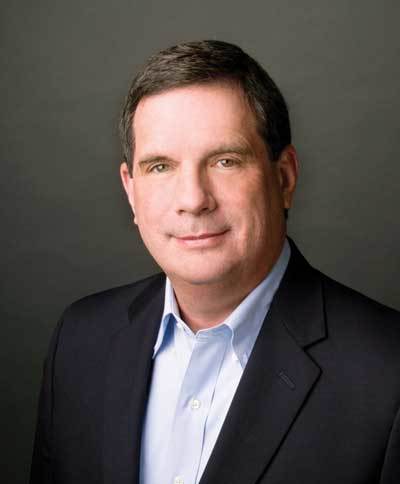Two Major but Under the Radar Changes in American Churches

I never would have predicted these changes to take place so rapidly.
Indeed I am surprised to be writing about them today as major changes. But they are a growing reality.
The two major changes have a similar theme: decentralization. The first is a decentralization of facilities. The second is a decentralization of leadership.
Let's look at each of these major shifts.
Decentralization of Facilities
Just ten years ago, you could count on 99 percent of churches to have a singular address. All of the church's buildings were at one location. Most churches had their groups or Sunday school classes at that same location. Though it was biblically errant to say so, many people referred to the one location as "the church."
Today, a growing number of churches have multiple locations. Among megachurches, those congregations with an average worship attendance of 2,000 or more, the move to the multisite model has been dramatic. Just ten years ago, 27 percent of megachurches were multisite. Today the number is 62 percent! Such a massive change is breathtaking.
But the multisite model is not limited to large churches. More and more medium and small churches are moving to this model as well.
Further decentralization of facilities is evident in where small groups meet. The most common sites ten years ago were in classrooms at the singular address. Now home groups and other off-site groups are becoming normative.
Decentralization of Leadership
Though many churches have had a plurality of leadership for years, the trend toward decentralization of leadership has become more common.
For example, in multi-staff churches ten years ago, the pastor was either known as "pastor" or "senior pastor." But the label "lead pastor" has become normative in a plurality of churches today.
The leader who was a senior pastor was often perceived to be at the top of an organization chart. "Senior" thus referred to the person at the pinnacle of an hierarchal system.
"Lead pastor" is a move toward decentralization. In most cases, the title refers to a person who is a leader among equals. If that sounds like an oxymoron, it was intended to be so. The lead pastor is on a team of peers, but one person is deemed to be the "greater equal" on the team.
Churches with lead pastors typically shy away from the traditional organization chart that has a pastor as the senior most person in the church. Decentralization of leadership is thus becoming more common.
The Reasons for Decentralization
Sometimes decentralization is simply a practical solution. For example, a church may discover a better use of stewardship by starting a second site rather than building a larger worship center. Or some pastors may pick up the title of lead pastor because others have moved in that direction.
At the core of these changes, though, is a desire to move away from centralization. And this trend may be one of the most significant trends of the American church in a century. I will share the profound implications of this trend in an upcoming podcast.
This article was originally posted here.





























